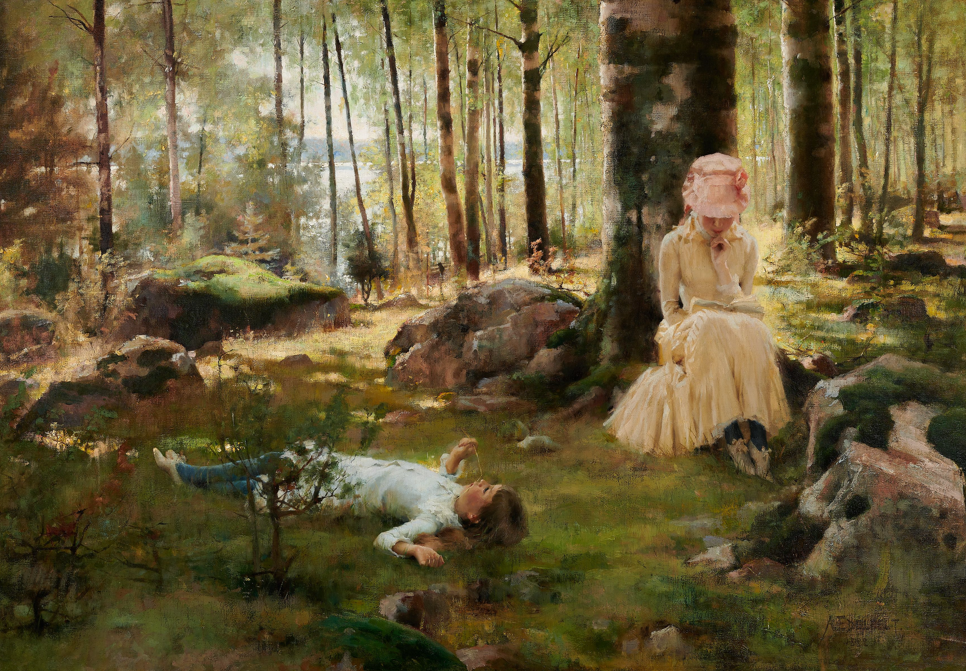The National Museum in Warsaw hosted the opening of the exhibition ‘Solstice. Painting of the North 1880-1910″. This first cross-sectional exhibition of turn-of-the-century Nordic art in this part of Europe is the result of a collaboration between the National Museum in Warsaw and the Gothenburg Museum of Art.
The narrative of the exhibition, which can be seen until 5 March 2023, is centred around several themes characteristic of Northern art, such as nature and related human life and work, home and family, national myths and legends, symbolic landscape and the human ‘interior’. Two phenomena on the intersection of artistic culture and social life are also presented: the activities of women painters and the artists’ colony in Skagen.
The exhibition features works by the most significant artists from Sweden, Denmark, Norway, Finland and Iceland, which will bring the history and culture of these countries closer to the Polish audience. The show is enriched with selected paintings by Polish artists of the time to draw attention to the surprising similarities between Polish and Nordic painting in terms of subject matter, conventions of representation and sources of inspiration.
“This is an exhibition that requires time and patience, often being a presentation of emptiness, space or silence. This additional juxtaposition with Polish painting, these puzzles of similarities and differences are the contribution of our curators”, stressed Deputy Prime Minister, Minister of Culture and National Heritage Prof. Piotr Gliński during the opening at the National Museum.
The title of the exhibition refers to the summer solstice – a natural phenomenon of particular significance in Nordic culture. The solstice also signifies social and worldview processes. “At the end of the 19th century, the Nordic region was undergoing rapid modernisation. The importance of cities was growing, the reality of the countryside was changing, and at the same time the charms of unspoilt nature were being discovered”, write Agnieszka Bagińska and Wojciech Głowacki in Digital MNW.
Adrian Andrzejewski





